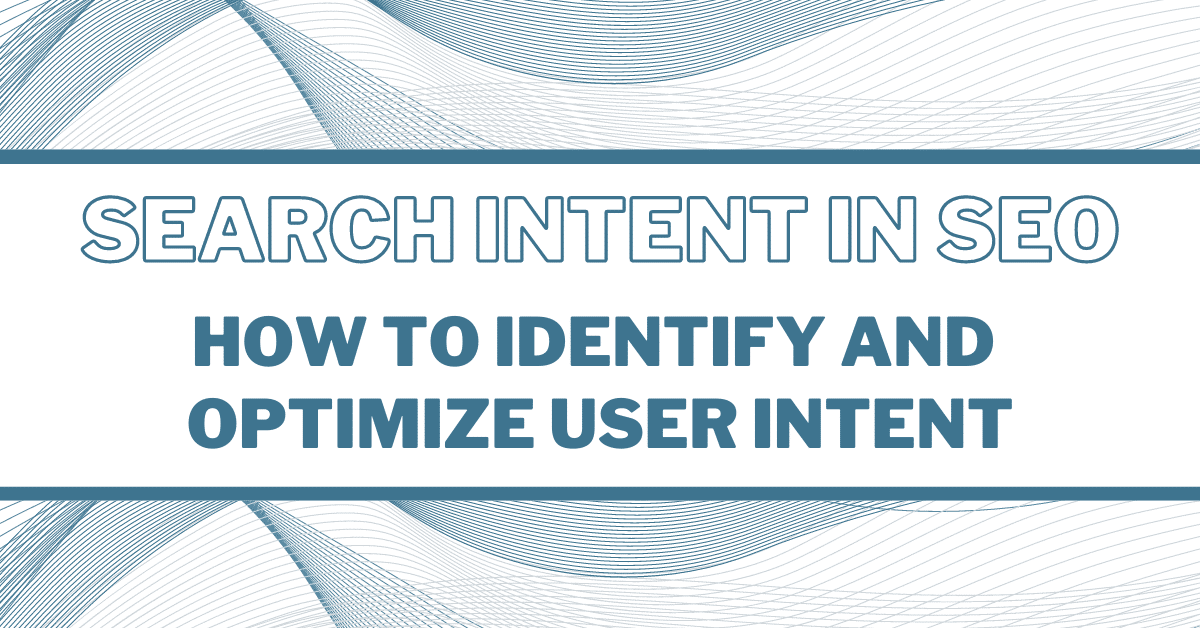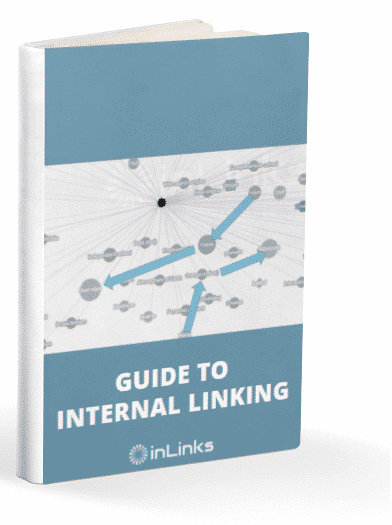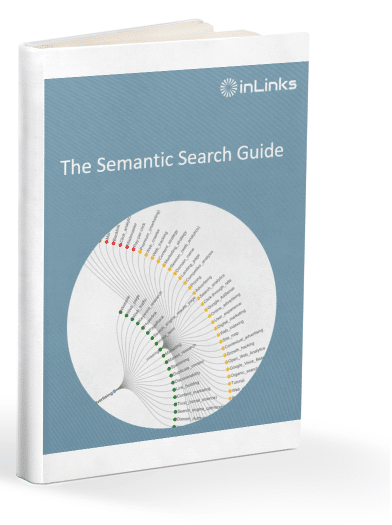Search intent or user intent is the specific purpose or motive behind a user’s online search. As digital marketers, search intent is why we do SEO.
Think about it, the aim of creating content and optimizing it to rank is so our pages can show up at the top of the search results when a user runs a search. For that to happen, your content needs to serve the purpose the searcher has in mind.
For example, when someone searches for “sidecut,” they’re trying to find something. It could be a tutorial, an image of a sidecut, or a barber/hairstylist specializing in sidecuts. Understanding what they’re trying to find enables you to tailor your website and content to meet that need.
This article covers the importance of search intent and the right way to discover and optimize for search intent.
Why is search intent important in SEO?
1. Search intent helps Google understand and rank your pages:
Google’s number one goal is satisfying search intent. And we’ve seen that over the years with the search engine makes efforts to better understand user queries by improving its algorithm. With updates like Hummingbird, Rankbrain, and BERT (all of which focus on semantic search using Natural Language Processing (NLP)), Google prioritizes and ranks relevant, helpful content.
Simply put, if your content does not serve the specific intent a user has in mind when searching, it’ll be difficult for it to rank for that specific query.
For example, say you’re searching for “best garden shears.” Although a product page seems relevant to the query, you’ll notice that Google ranks only review articles from blogs, not product pages or eCommerce stores.

This is because the search engine understands that you want to learn about garden shears before deciding which to buy. Therefore, a vendor trying to optimize their product pages for this query will be unsuccessful because it will not fulfill the search intent.
To prove just how important search intent is, Google explains user intent types and how to identify them in the most recent edition of their Search Quality Rater Guidelines.
2. Satisfying search intent improves overall user experience and engagement:
This holds for both website owners and the search engine. When users find exactly what they need on Google, especially with rich results like featured snippets, and knowledge panels, they’re more likely to click through to your website and engage with your content.
Types of user intent
Usually, SEOs classify search intent into four broad buckets –
- Informational intent: the searcher wants to discover or learn more about something. Some queries for this category include: “Barack Obama” and “SEO content marketing.”
- Commercial intent: a searcher wants to do additional research before making a final purchase decision. Example queries here would be “best garden shears.
- Navigational intent: the searcher wants to find a specific page, e.g., “Hubspot login.”
- Transactional intent: the searcher already knows what they want and is ready to purchase. For instance, “iPhone 14 deals”.
And recently, with the rise of mobile search, other intent categories like local search intent have surfaced to accommodate searches like “pizza near me” and “nearest gas station.”
These classifications are usually aligned to the stages of the buyer’s journey – Awareness, Consideration, and Decision-making. But when you think about it critically, these search intent categorizations lack context and provide zero insights into what a searcher is actually looking for. This is because they are broad, ambiguous, and susceptible to misinterpretation, especially when a query has mixed intent.
For example, consider the “informational” query “Swiss cheese plant.” Though informational, the main goal of this query is unclear because the person searching it may have a variety of motives in mind. They could be looking for
- A video tutorial on how to grow the plant or care for one they already have
- Historical information on its origin, family, kingdom or
- Where to buy a Swiss cheese plant.
Going by the industry classifications of search intent in this instance —informational— it’ll be near impossible to create content that caters to the desire of this searcher because you do not know what they really want. This means ranking for this query will equally be difficult.
And that’s why InLinks has introduced a new and better way of uncovering search intent using verbs. Here’s how that works.
Verb-focused user intent: A better way of understanding what users are searching on Google
Verbs are the very essence of intent. They demonstrate linguistically what we want, whether physical or mental. And much of our communication online involves verbs, so excluding them from keyword research makes no sense.
Our idea at InLinks is to give context to search intent by defining the exact information a searcher is looking to get out of their search. So, to properly understand and identify the intent behind queries, InLinks is disambiguating intent with verbs in the keyword research stage.
Using its aggressive NLP algorithm, the entity SEO tool now extracts and clusters the verbs attached to every query it finds in Google Suggest. This is a more granular approach that helps you:
- Understand the subjectivity behind queries and see exactly what people mean when they search
- Create content that captures the exact information the searcher is looking for
- Rank faster on Google because your content satisfies search intent.
So, in addition to telling you that a query has “informational intent,” InLinks shows you the exact desire of the searcher, which could be to “learn,” “develop,” “write,” and so on.
This precise distinction is what differentiates clear, helpful content that ranks on the first page of SERPs from those buried beneath several pages.
How to find and optimize for verb-focused user intent
For this, we’ll use the InLinks improved keyword research tool.
Doing some research into “search intent” seems fitting, so let’s go into the content brief and create a new brief for “search intent” to see the keyword research results.
Once you navigate to the keyword research tab, you’ll see all the keywords the system has pulled from Google Suggest for your query. They’re grouped into topical clusters and ranked by relevance.

In the top right, you’ll see that the system has first defined the search intent in the old way to be “40% informational”. But that’s only one half of the story, as it tells you nothing about what the searcher is looking to find.
Once you switch to the “user intent” tab beside keyword research, you’ll get a better insight into the questions people are searching and drill into what they actually mean:

From the image above, you can see that searchers are mainly looking for content related to “finding,” “determining,” “creating,” and “learning” when searching the query “search intent.”
Another example is a query that seems transactional at first glance – “latest iPhone.” And indeed, it is, as the InLinks system reports it to be 50% transactional. But when we drill further into the verbs associated with the query in Google Suggest, we can see that most people want to see content related to “iPhone updates,” “color,” and “work,” as these verbs have more queries than verbs like “purchase,” “get,” and “change.”

With this, you’ve not just found the key phrases that Google itself suggests to searchers, but you also know exactly what people hope to get from their search. This is the powerful natural language processor taking over. And to us, it is the right way of determining search intent.
Now with this insight, you can plan and write your content to meet the specific needs and desires of your users.
One thing worth mentioning is that this InLinks approach informs your content format, type, and unique angle. This means it saves you the time and stress of perusing all the articles ranking on page one to determine what the competition is doing and how to differentiate yourself. You now get more relevant and all-encompassing data at your fingertips.
Target user intent to improve your SEO
As Google doubles down on semantic search, exploring other ways to figure out and understand user search behavior is important. And InLinks is championing that with its verb-based approach to user intent.
Once you begin to create content that gives users exactly what they want by putting the real meaning of a query first, you’ll begin to see significant improvements in your search rankings and overall user engagement.
| This post was researched and drafted by Juliet John and reviewed and edited by Dixon Jones. |




Leave a Reply
Want to join the discussion?Feel free to contribute!